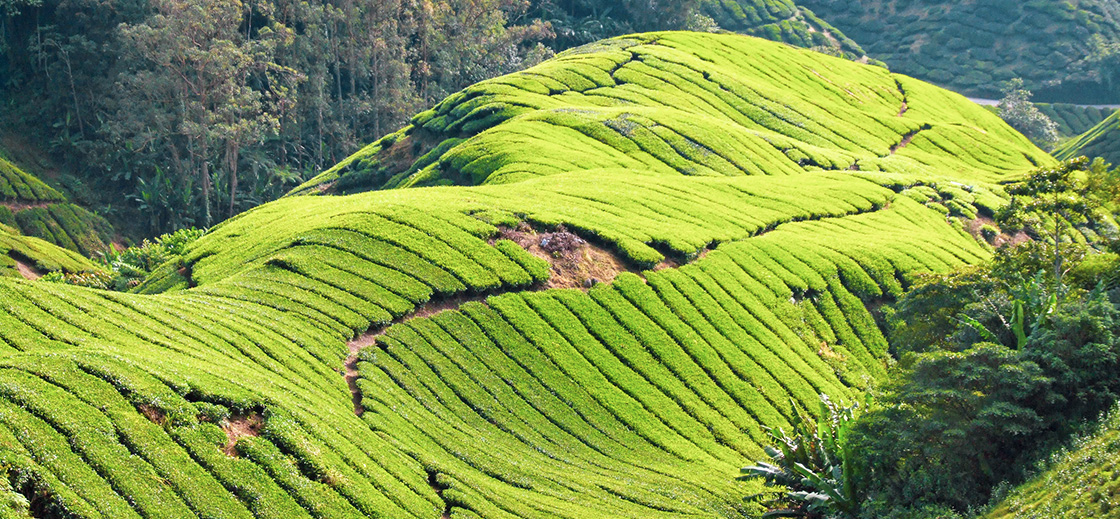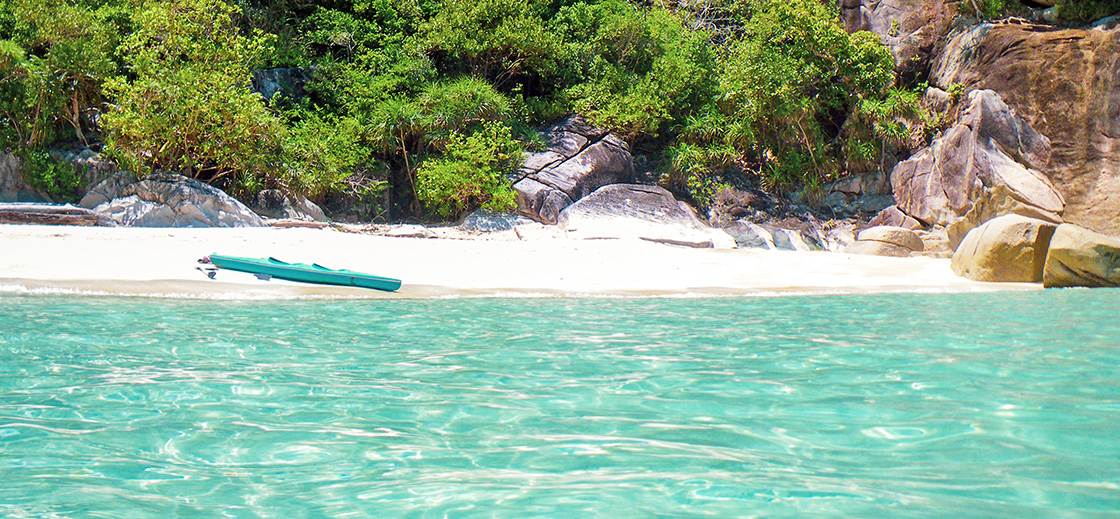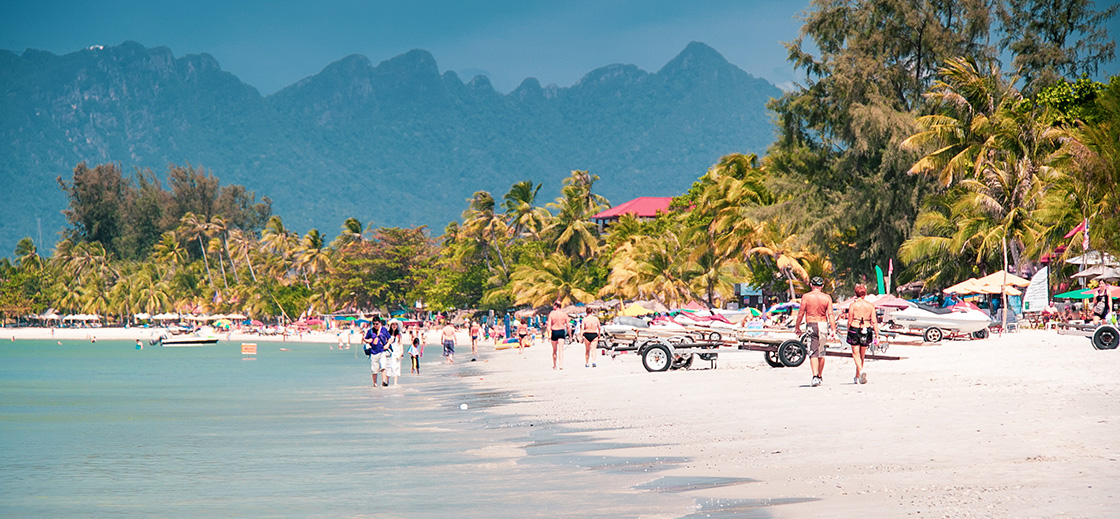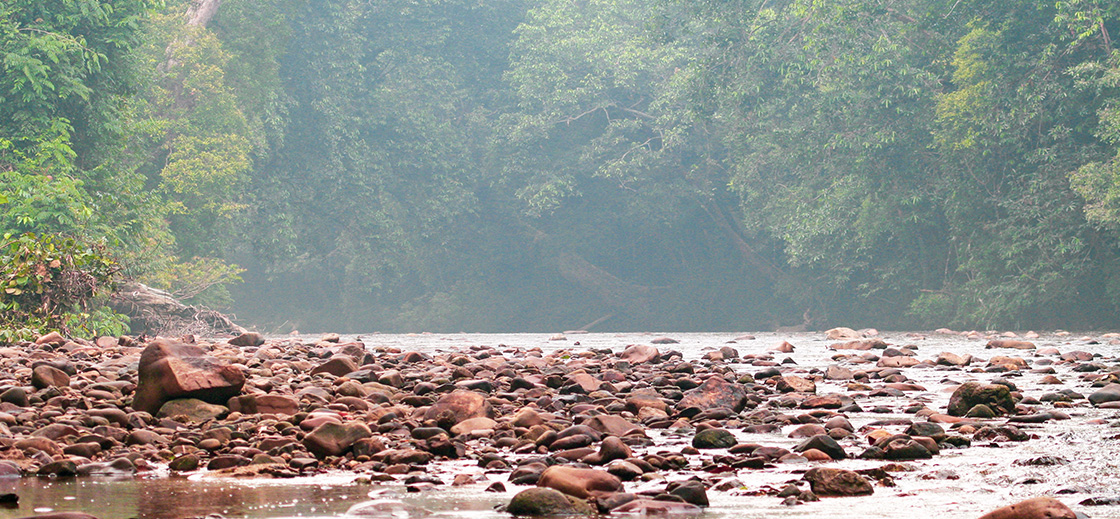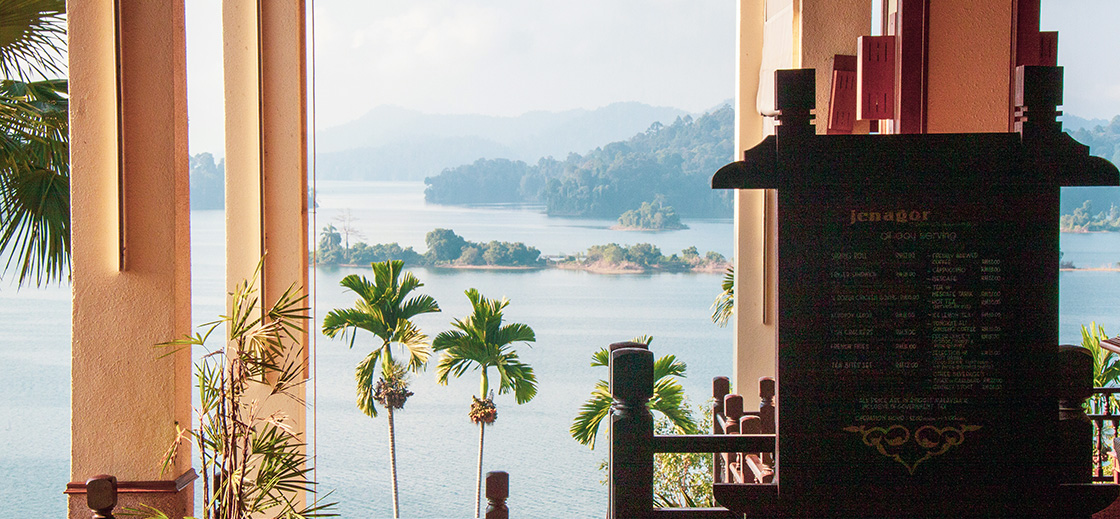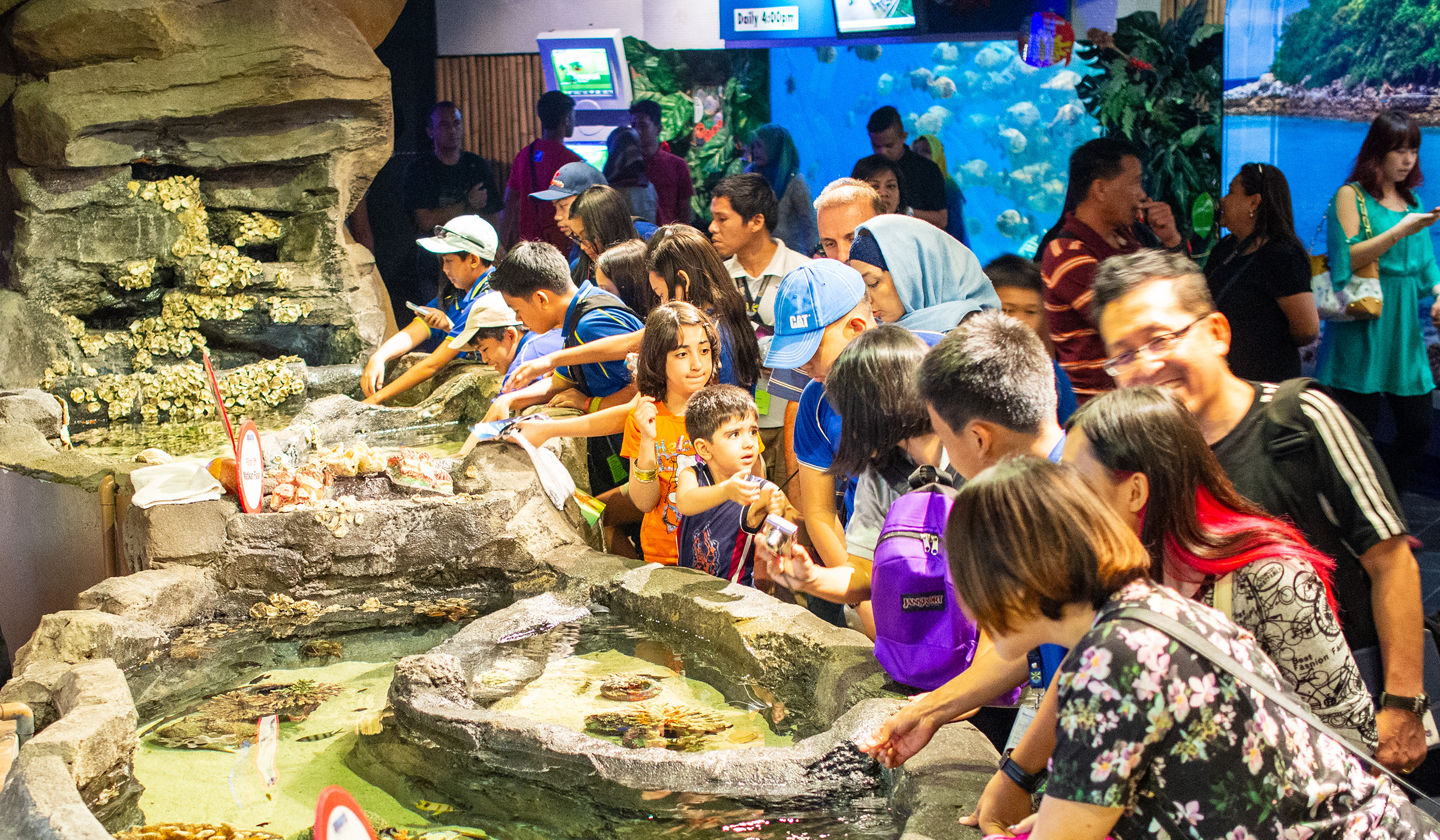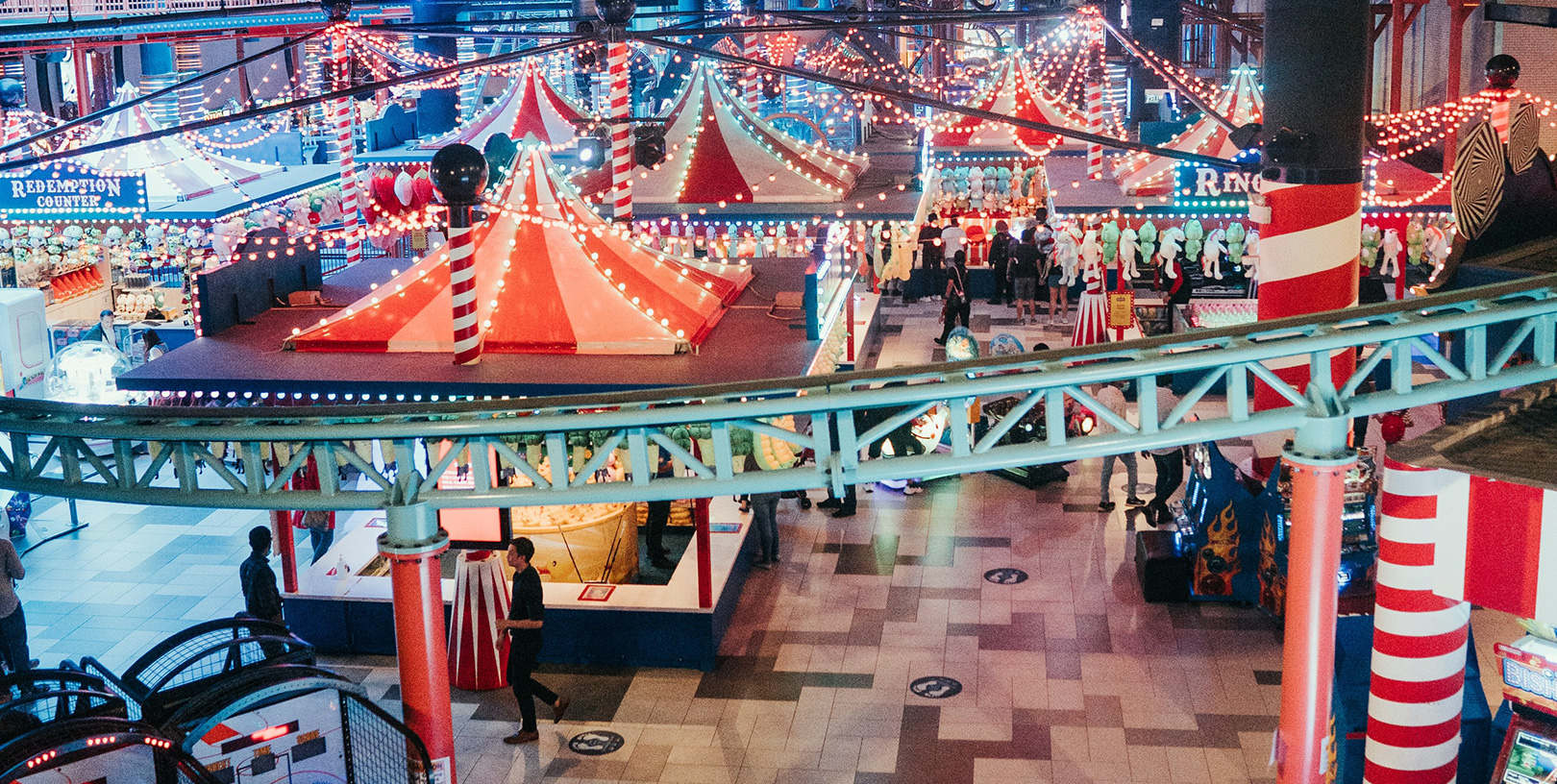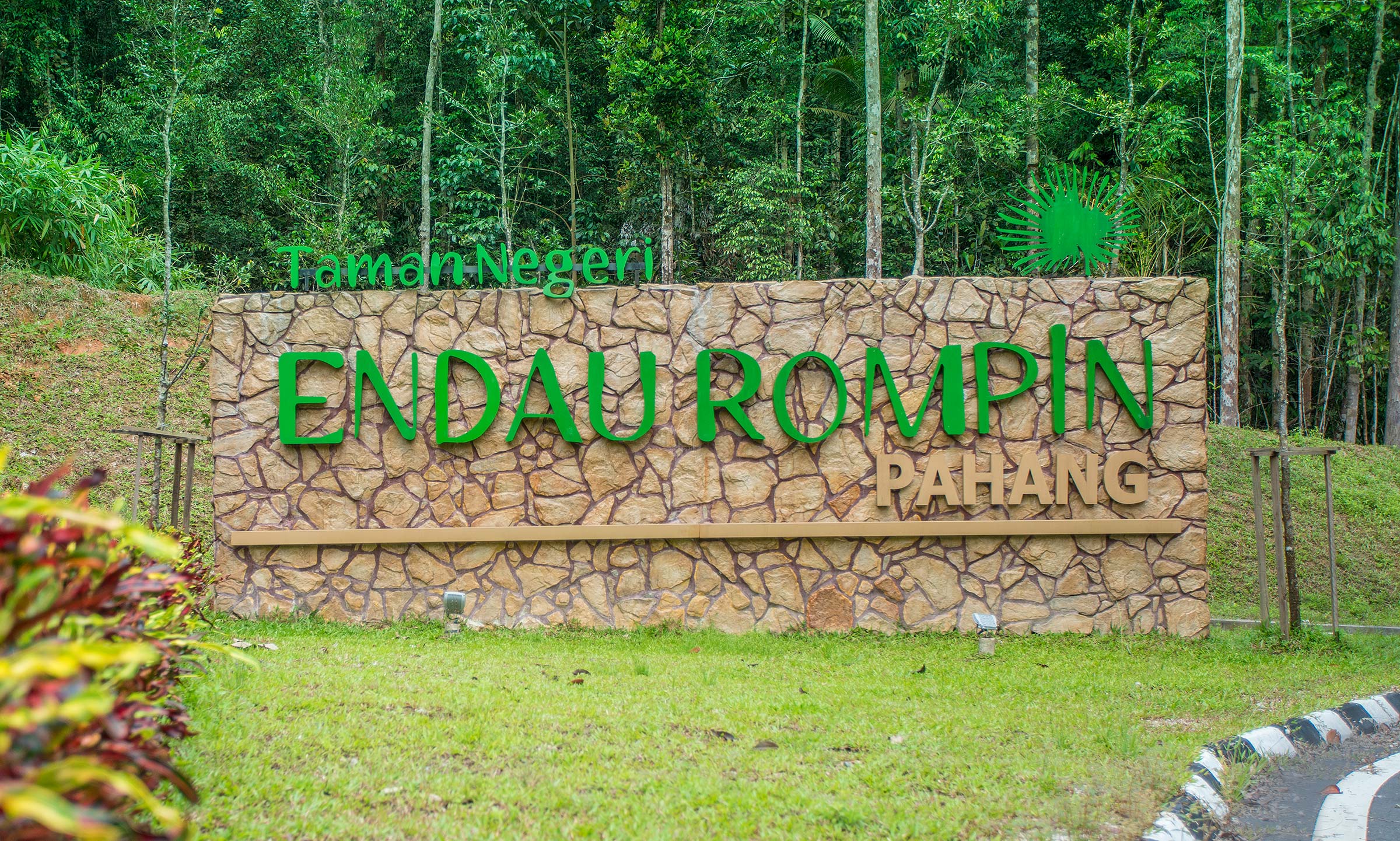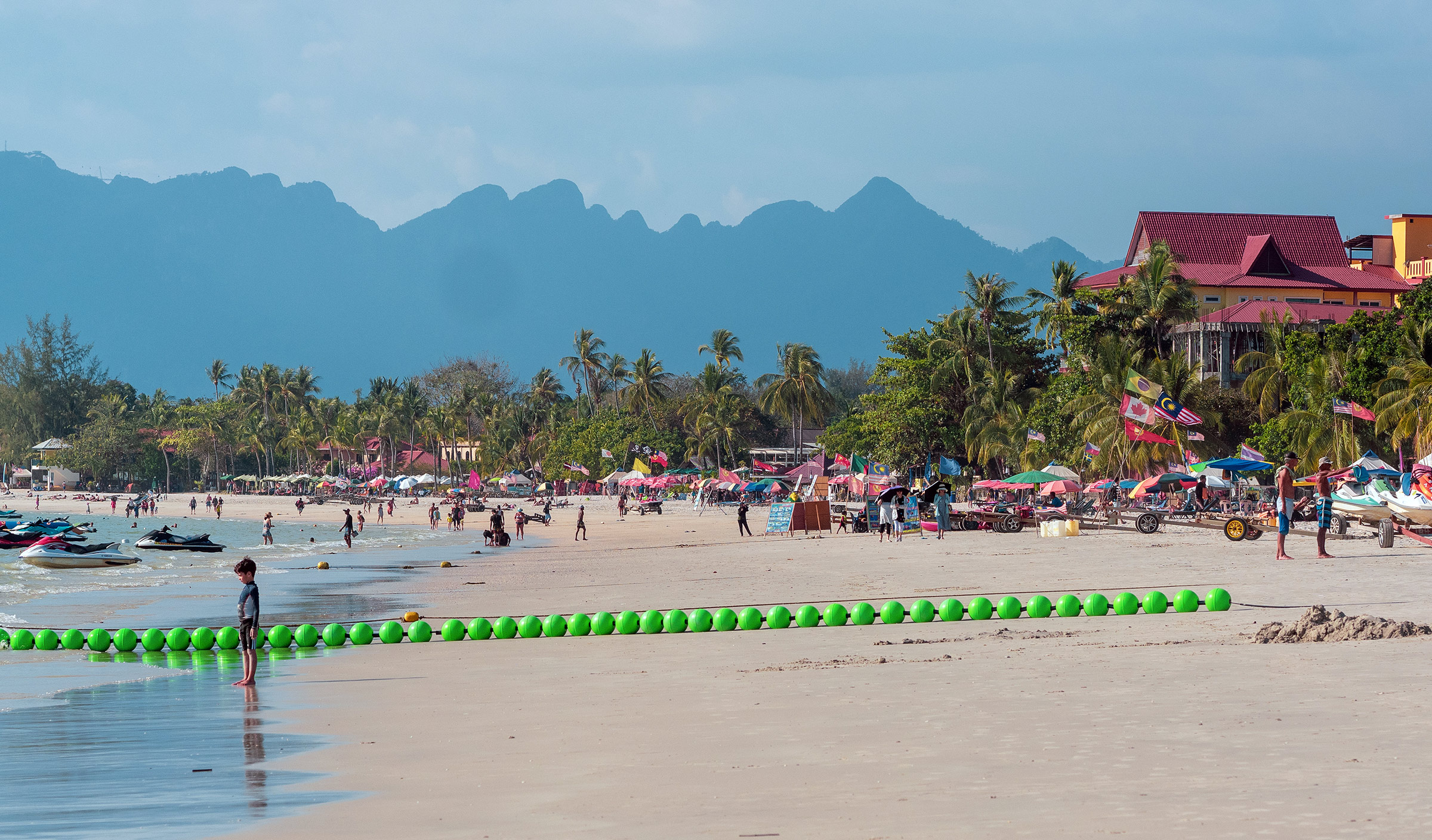Melaka, the historical state of Malaysia, is also one of the four UNESCO World Heritage sites in Malaysia. It was listed as one of the cultural heritage sites in 2008 together with Georgetown in Penang, for its colorful history of cultural and trading exchanges between the East and West a few hundred years ago.
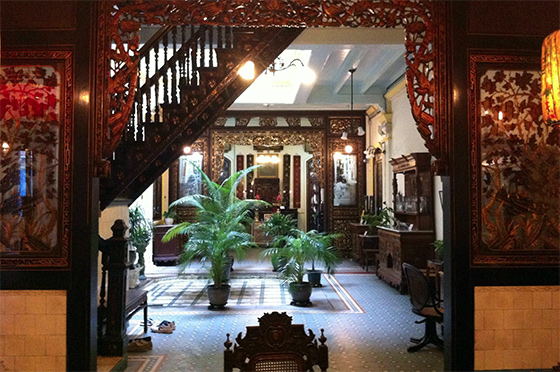
There are many popular historical attractions that have become much sought after by tourists – both locals and foreign. The museums which tell the stories of the olden days in Melaka are among the most popular, with some of the renowned museums in Melaka being the Baba-Nyonya Heritage Museum and the Museum of History and Ethnography at the Stadthuys which is a bright red building built by the Dutch in 1650, the Melaka Sultanate Palace Museum.
The Baba-Nyonya, or Peranakan Chinese, are the descendants of Chinese traders who migrated to the British Straits Settlements of Melaka and then adopted some of the local Malay customs into their culture. It was common for Chinese traders back then to take Malay or Indonesian women as wives or concubines, which therefore explains the mixed culture and heritage of the Peranakan Chinese. They have a distinctive culture that is still strictly adhered to until now. They converse among themselves in Bahasa Malaysia and the ladies wear the traditional Malay kebaya. Despite the adaption of the local Malay culture, Peranakan Chinese are not Muslims, as often thought. It is estimated there are 500,000 Peranakan Chinese still living in Malaysia.
The Baba-Nyonya Heritage Musuem is a living museum in Jalan Tun Tan Cheng Lock, close to the popular Jonker Walk. It displays artifacts of the Baba-Nyonya descendants and is open to the public for viewing. The museum was established in 1896. Built during the Dutch occupancy, the house was once the home of Baba Chan family, who bought the house in 1861 and has since housed four generations of the family.
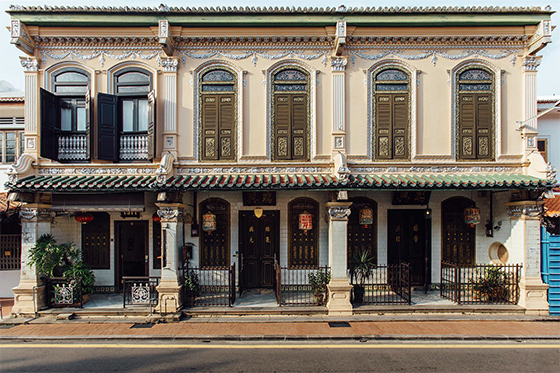
The museum is still managed by the family today. It displays the richness of the culture of the Peranakan Chinese through the artifacts purchased by Baba Chan Cheng Siew, which received influences from the Dutch, Portuguese, Malay and Colonial. The house consists of a reception hall, a kitchen, and an ancestral hall. It features a set of stairs made of solid cengal wood. Its kitchen is filled with special ancient utensils used for making sambal (spicy chili paste) and ice cream. It also has an open courtyard inside the house, which is common in most Baba-Nyonya homes.
Address, opening hours and entrance fees
If you happen to be visiting the Jonker Street, go have a look at the Baba-Nyonya Heritage Museum is located at No. 48-50, Jalan Tun Tan Cheng Lock. It opens daily with tour times from 10 a.m. to 1 p.m., and 2 p.m. to 5 p.m. Its cafe is located beside the museum house, serving traditional Baba-Nyonya delicacies such as pai tee (top hat), laksa and otak-otak (fish paste cake).
Tel: +606-283 1273
Email: [email protected]
Website: http://babanyonyamuseum.com
Adults pay RM16 for a tour, children RM11.
